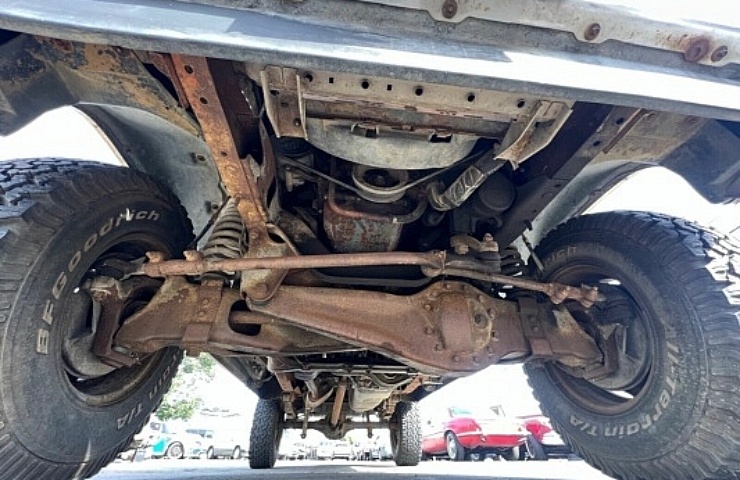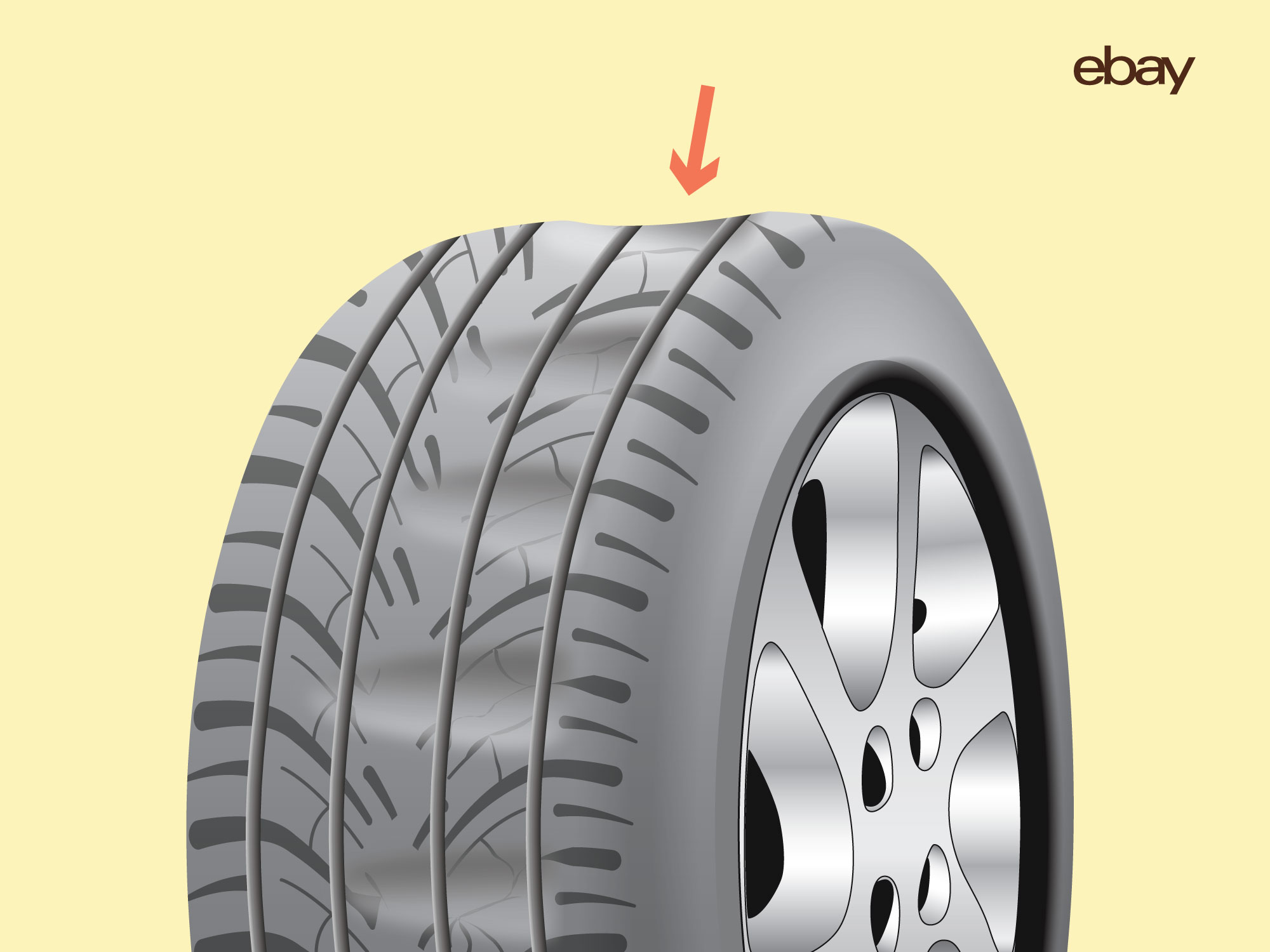Contents
Tires are the only part of your vehicle that touch the road. That’s why it’s essential to monitor their condition. If a tire is damaged, you endanger yourself and others. One common problem is tire cupping.
What Is Tire Cupping?
Uneven wear patterns on a tire is known as cupping. Cupped tires, which don’t make good contact with the road, are dangerous to drive on. Fortunately, tires only cup when something else is wrong.
Tire cupping is also known as scalloping because of its unique look. Imagine taking an ice cream scoop to the tire’s tread in random places. That’s what cupping resembles.
It happens when the tire bounces up and down on the road, and some parts of the tread make contact while others don’t. The places that make contact will wear differently, leaving behind the scalloped appearance.
The tread is much higher in some areas. The worn-out parts can be three to four inches long in extreme cases. These worn spots appear as dips or holes in the tire tread.
Most Common Symptoms of Cupped Tires
What are some initial symptoms of a cupped tire?
- Road noise: If a rhythmic sound gets louder as you drive, the tires might be cupped. You will notice strange sounds as the tires roll across the uneven patches.
- Shaking or vibration: Initially, the vibrations will occur in the steering wheel. As the problem worsens, it might also be felt in the seat.
- Vehicle pulls to one side: Because poor alignment can lead to cupping, you might notice your car pulling to one side. If you frequently find yourself making steering corrections, it’s time to check the alignment.
What Causes Tire Cupping?
Cupping doesn’t occur under normal circumstances. You shouldn’t have cupped tires if there are no mechanical failures and the tire pressure is correct. Cupping always reveals something else that’s going on, which should be corrected before rotating the tires or installing new ones.
Here are some of the most common causes:
Worn suspension parts: This is the most common reason for cupping. If part of the suspension is worn out, the car will bounce up and down.
Usually, this is related to bad struts or shock absorbers. However, it can also be caused by defective bushings.
Unbalanced tires: Weight must be appropriately distributed across the tire’s circumference. If it’s not, the tires become unbalanced. With the balance out of whack, some tread sections contact the road while others don’t.
You may notice this condition because the steering wheel shakes. Vibration in the seat can occur as it gets worse. Even if you’ve recently had the tires balanced, they can get temporarily knocked out of balance because of debris such as snow, dirt, and mud. If you hit potholes or other road imperfections too hard, the tires might need to be recalibrated.
Wheel misalignment: When the wheels are misaligned, the tread makes uneven contact with the road. Depending on how off the alignment is and in which direction, it can lead to a cupping pattern. However, misalignment can also lead to other wear patterns like wear to the edges of the tread.
Bent rims: Have you ever hit a pothole and come away with a bent rim? Not only do the damaged rims look bad, but they can lead to unusual tire wear. Even worse, bent rims can cause the tires to leak air, putting you at risk of a blowout. Some bent rims may be repairable by an expert. Otherwise, the rims need to be replaced.
Cheap tires: While we all want to save money, skimping on the tires is not wise. Cheap tires don’t hold up and often lead to unusual wear patterns, including cupping. In addition, if the materials are low-quality, the rubber is more prone to damage. They will also not be as good at compensating for imperfections from the suspension or unbalanced wheels.
Shop now for Tire Pressure GaugesCan Tire Cupping Be Repaired?
When the tires cup, they no longer maintain appropriate contact on the road. Any change in how the tread looks alters how it rides.
Cupped tires have high and low spots. Therefore, traction is reduced, and stopping times will be longer. Both conditions put you at risk if you need to avoid an accident.
It’s possible to repair the problem that caused the tire cupping. However, you can’t reverse wear that’s already occurred to the tires. Rotating the tires causes new wear that could partially even out the problem. Still, this can only be done if enough tread remains on the lowest points.
If the cupping is too severe, you need to replace the tires. Just ensure the problem that caused it is repaired first so you don’t ruin a new set of tires.
Prevent Tire Cupping
The good news about tire cupping is that it is entirely preventable. You don’t have to wait until the tires are ruined to do something about it.
Here are some simple tips to prevent cupping of the tires.
- Pay attention to the suspension. If you notice something wrong, have it repaired immediately.
- Choose high-quality tires.
- Check tire inflation monthly and any time that the weather changes. Ensure the tire is inflated to the manufacturer’s specs indicated on the driver’s side door jamb.
- Inspect the tire tread regularly. If you notice uneven wear, repair what’s causing it and have the tires rotated.
- Get tires rotated every 5,000 to 8,000 miles. Most manufacturers recommend having the tires rotated with every oil change.
- Have tires balanced every other rotation.
- Get the wheels aligned at least once every two years.






